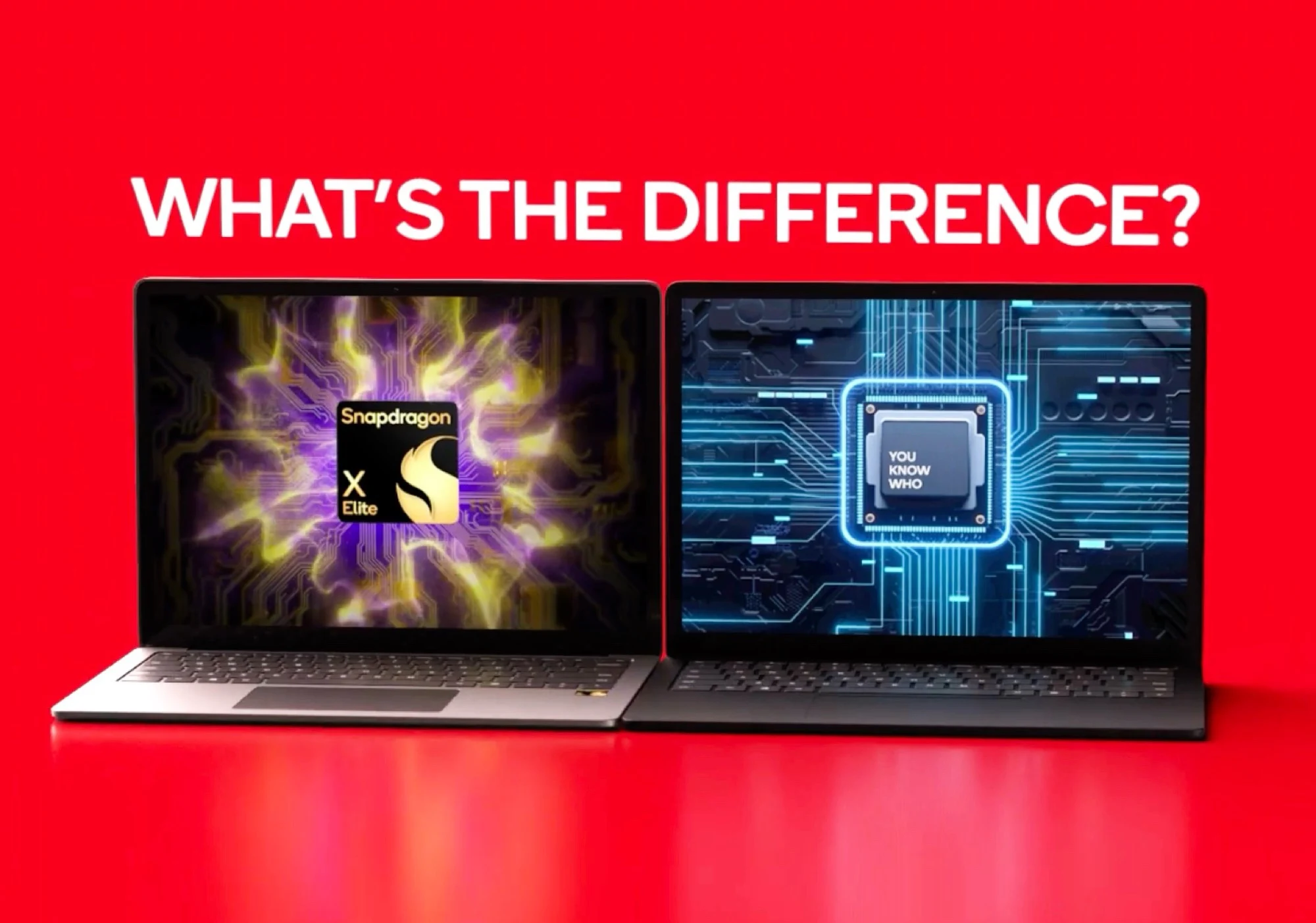Key Takeaways
1. The Qualcomm Snapdragon X Elite was expected to revolutionize Windows laptops like Apple’s M1 chip but faced high costs and software compatibility issues at launch.
2. Intel’s Lunar Lake series was released shortly after the Snapdragon X Elite, offering good efficiency for daily tasks despite lower multi-thread performance.
3. Qualcomm highlighted a performance claim that Snapdragon X Elite maintains full performance on battery, contrasting with Intel’s Lunar Lake, but testing methods raise skepticism about this assertion.
4. Performance testing showed that the Intel Core Ultra 7 performed nearly as well as the Snapdragon X Elite in single-core benchmarks.
5. While the Snapdragon model maintained performance on battery, the claimed performance drop of 55% for Lunar Lake laptops should be viewed with caution based on testing results.
The Qualcomm Snapdragon X Elite was anticipated to be a revolutionary moment for Windows laptops, akin to Apple’s M1 chip, as it promised extended battery life and remarkable performance. While Qualcomm met some of these expectations, the chip didn’t quite achieve a major breakthrough for the company, mainly due to the high costs associated with Snapdragon X Elite laptops and the widespread software compatibility challenges that surfaced at launch.
Competition from Intel
An important aspect to consider is that Intel introduced its Lunar Lake series as a direct rival just after the Snapdragon X Elite was released. Although these processors have fewer cores, resulting in lower multi-thread performance, Lunar Lake chips showcase impressive efficiency for daily tasks while providing sufficient performance for office and web-related applications. In response, Qualcomm has been running a series of advertisements (see below), asserting that Lunar Lake processors reduce their performance to 55% when not plugged in, while the Snapdragon X Elite supposedly maintains its full performance under similar conditions. Although this message was shared playfully, the fine print hints at issues within the testing approach.
Testing Methodology and Results
The CPU performance data is derived from Geekbench v6.2 Single-Core tests on Windows 11, conducted in October 2024. The Snapdragon X Elite (XIE-80-100) was evaluated using a Dell XPS 13 (9345) operating on “Balanced” Power Mode in Windows and “Optimized” mode in Dell Power Manager. Conversely, the Intel Core Ultra 7 256V was tested on a Dell XPS 13 (9350).
The single-core Geekbench 6.2 test isn’t too challenging and doesn’t really reflect a system’s overall performance. Our thorough examination of the two Dell XPS 13 models (about $1,500 on Amazon) included in Qualcomm’s comparison showed that the Intel Core Ultra 7 256V performed nearly as well as the Qualcomm Snapdragon X Elite in Geekbench’s single-core benchmark.
Battery Performance Insights
When operating on battery, the Intel version did see a 9% reduction in CPU performance and a 3% decrease in GPU performance, while the Snapdragon model mostly preserved its performance levels. Therefore, although Qualcomm’s main message isn’t completely untrue, the bold claim of “55%” should be viewed skeptically, especially since such significant performance drops aren’t common for Lunar Lake laptops.
Source:
Link


Leave a Reply